
My Photos of Deep-Sky Objects
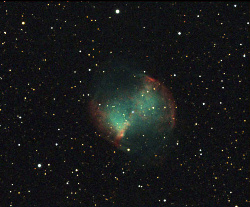
For many months after our observatory became operational in November 2014, I was focused exclusively on an asteroid research project that I’ve described in another post. In July 2015, I finally had a chance to take some astrophotos of “deep-sky objects,” or “DSOs,” that are located outside our solar system. The first seven images below were our first efforts at capturing DSOs. We used an Atik 314L+ monochrome CCD camera and an Atik EFW2 color filter wheel with our main telescope, which is a TEC 200mm f/8 apochromatic refractor. My dad and I were surprised that we were able to obtain such pretty images on our first night out. Experienced astrophotographers will notice that these are beginners’ photos, as they are short, unguided images with low signal-to-noise ratios. Once we master a few more techniques, including how to use our off-axis guider to allow the telescope mount to track the stars more accurately, we’ll be able to take much longer exposures and combine them to make better photos.

M20 – The Trifid Nebula in the constellation Sagittarius.

M27 – The Dumbbell Nebula in the constellation Vulpecula.

M51 – The Whirlpool Galaxy in Ursa Major.

M13 – Globular cluster in the constellation Hercules.
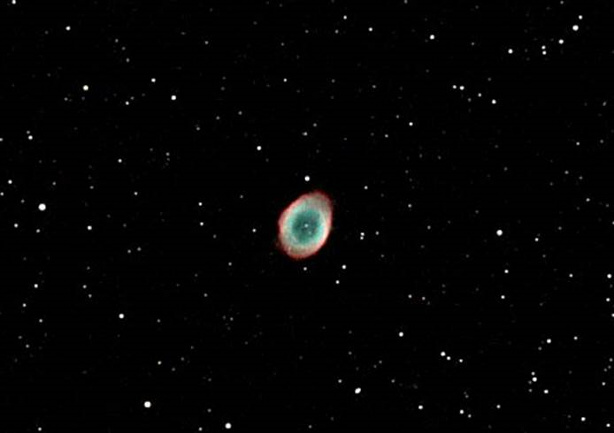
M57 – The Ring Nebula in the constellation Vela.
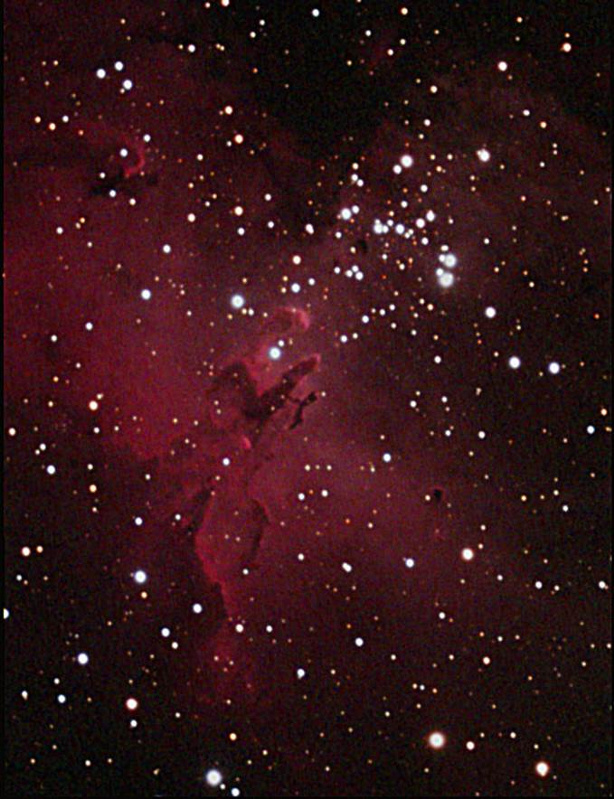
M16 – The Eagle Nebula in the constellation Serpens. The pillars of hydrogen gas at the center of this star-forming region were the subject of the Hubble Space Telescope’s famous 1995 “Pillars of Creation” photo.

M22 – Globular cluster in the constellation Sagittarius.
Photos of DSOs with my DSLR Camera
I took the photos below with our Canon 6D DSLR camera, which has been modified by Brent Oliver of HyperCams and Mods to give it greater sensitivity to hydrogen alpha (Ha) wavelengths. In the first photo, which captures the area around Orion’s sword, I mounted the camera at the prime focus of our TEC 200mm f/8 APO refractor. In the remaining photos, I mounted the Canon 6D at the prime focus of our 5-inch Borg 125SD refractor with EDF4 focal reducer operating at f/3.9. The latter setup gives us wide field views that we can use to capture deep-sky objects like the Pleiades, the Rosette Nebula, the Double Cluster in Perseus, and the Andromeda Galaxy that stretch over areas of the sky that are too large to image with our bigger f/8 refractor or our Atik CCD camera.
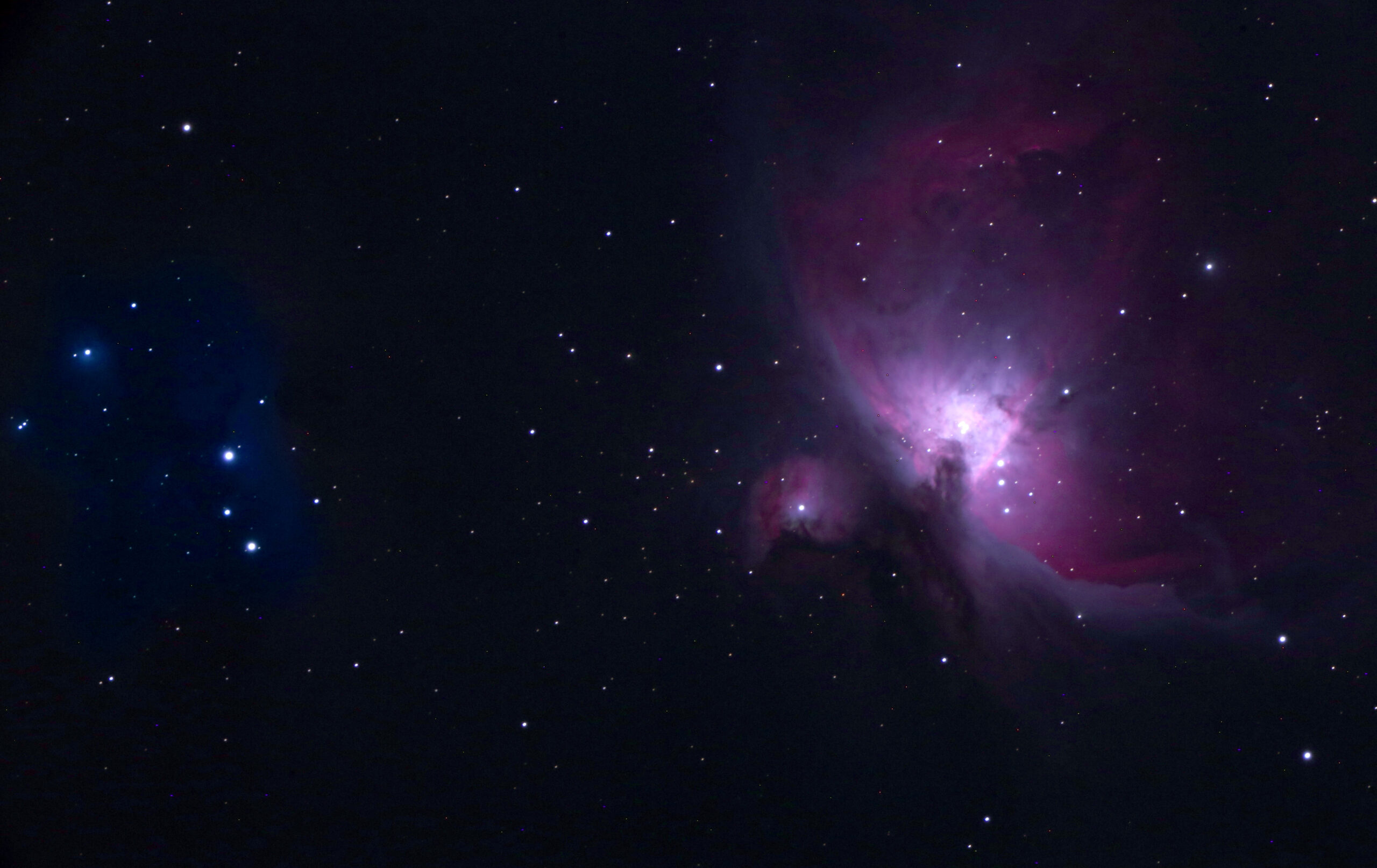
The Orion Nebula (M42, at right) and the Running Man Nebula (NGC 1973, 1975, and 1977, at left), which form the sword of Orion the hunter. Four stacked 30 second exposures taken March 2016; 800 ISO.
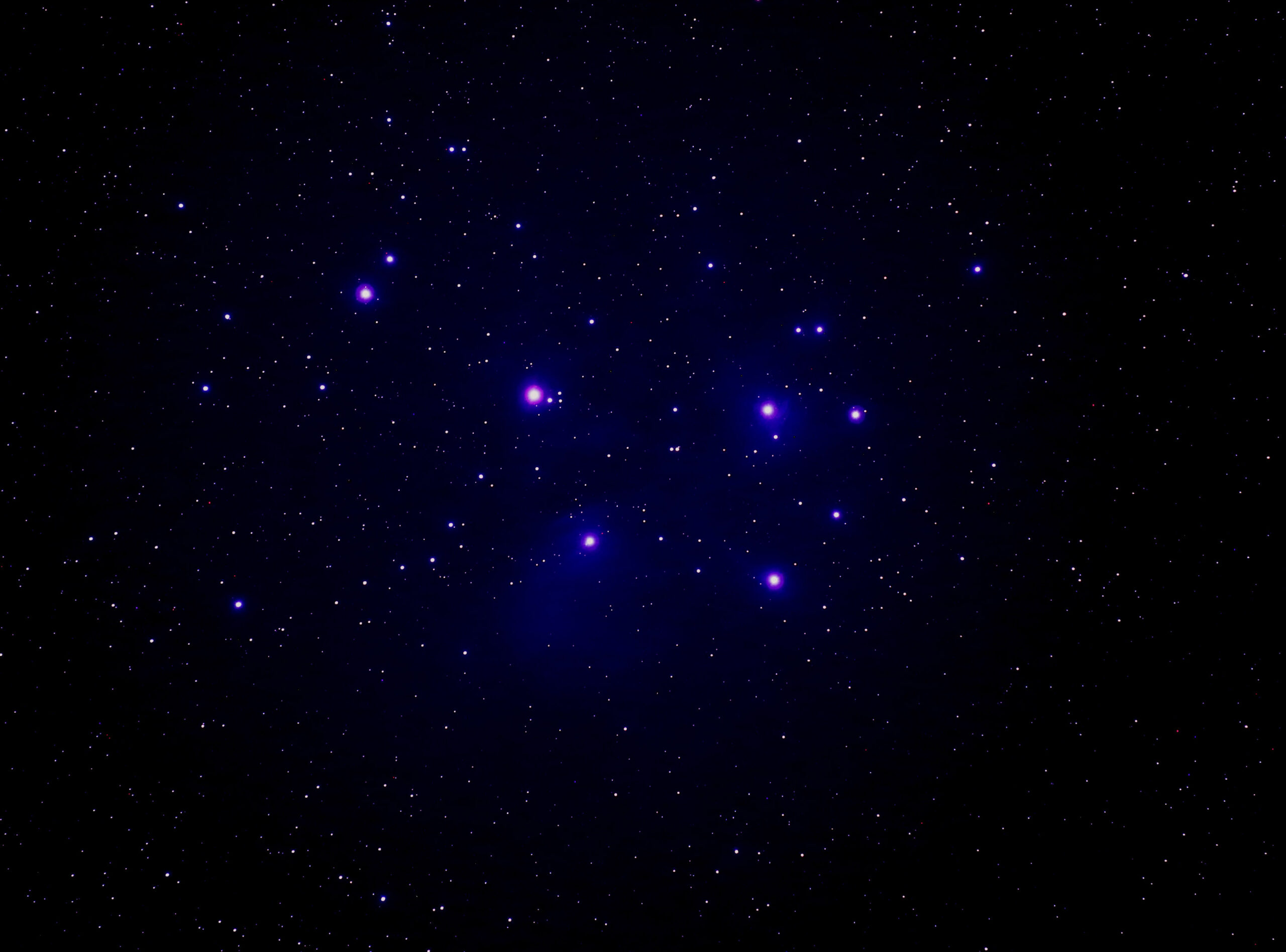
M45 – The Pleiades open star cluster can be seen in wintertime with the naked eye in the constellation Taurus. In this image, blue reflection nebulosity is visible around the cluster’s stars. Single 30 second exposure taken December 2015; 1600 ISO.

The Rosette Nebula in the constellation Monoceros. Single 30 second exposure taken December 2015; 1600 ISO.
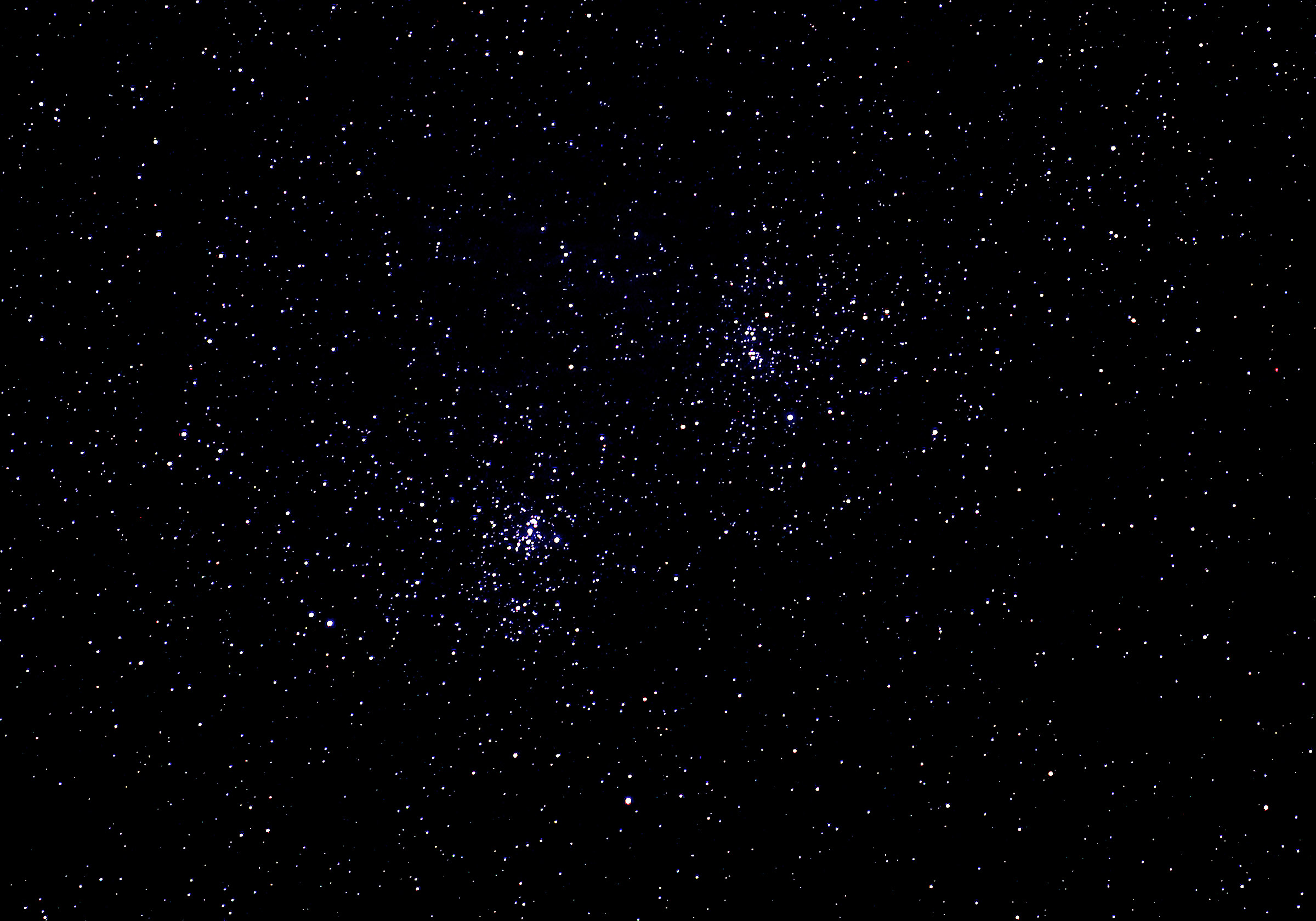
The Double Cluster in the constellation Perseus, which includes open clusters NGC 869 and NGC 884. Single 30 second exposure taken December 2015; 1600 ISO.

Image of the three stars of Orion’s belt, with the Flame Nebula and Horsehead Nebula visible at left near the bright star Alnitak. Single 30 second exposure taken December 2015; 1600 ISO.

M31 – the Andromeda Galaxy. Single 30 second exposure taken December 2015; 1600 ISO.
Go to Page on Imaging and Observing with Night Vision Gear
Copyright 2025 StarlingSkyBlog